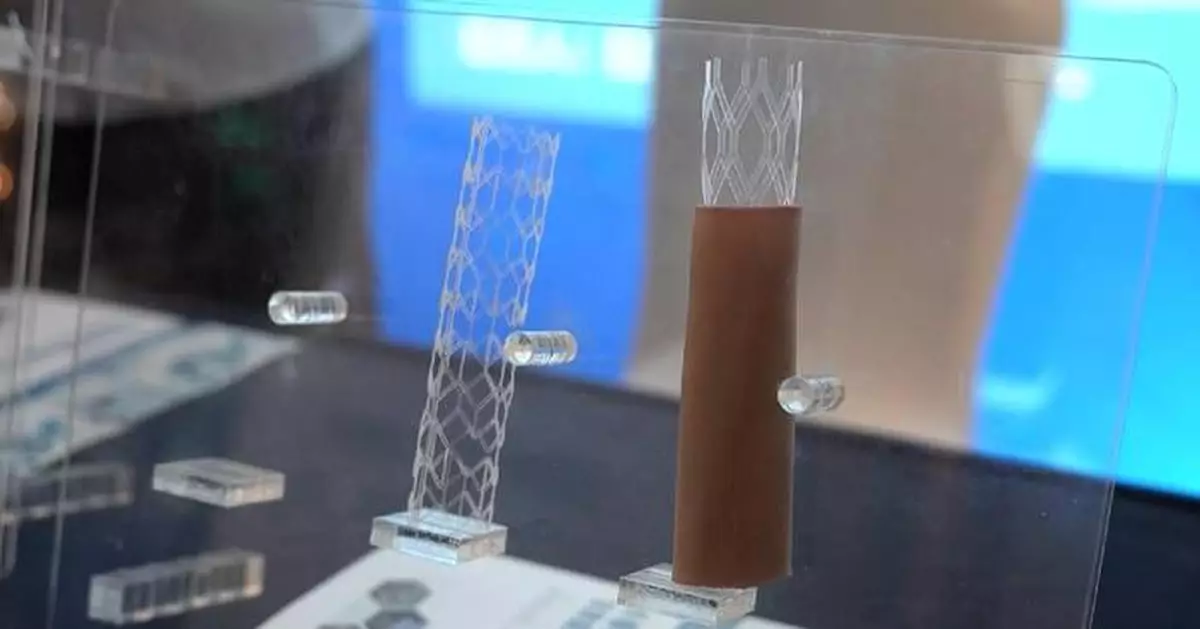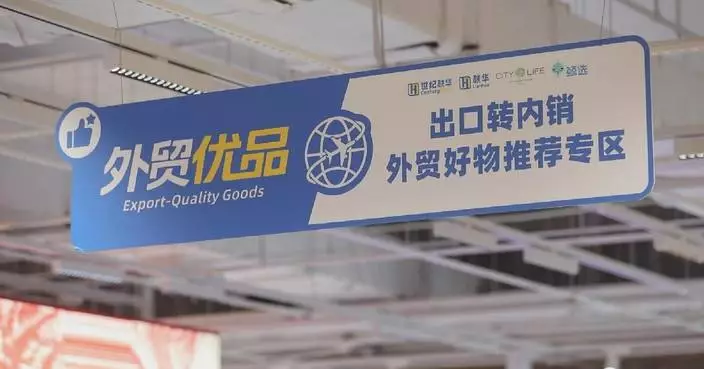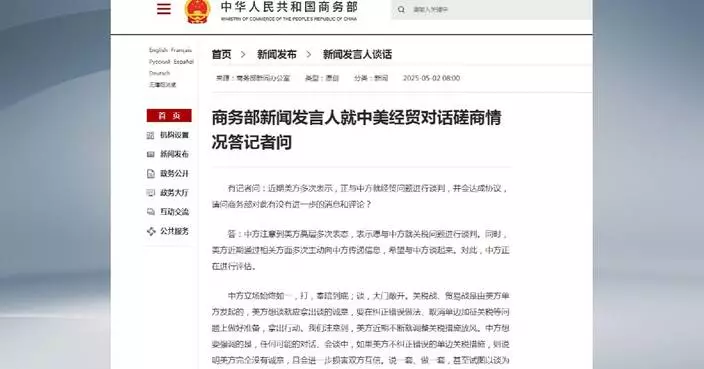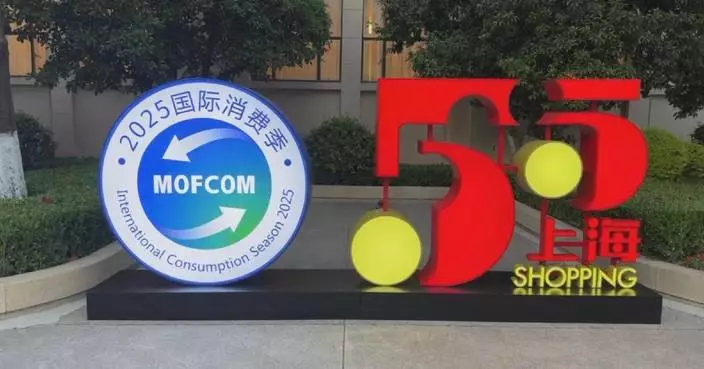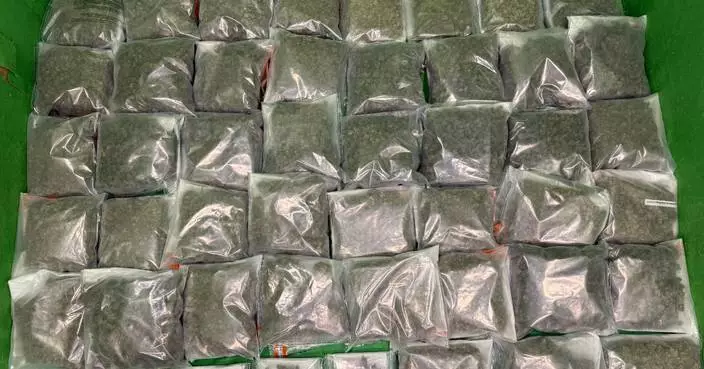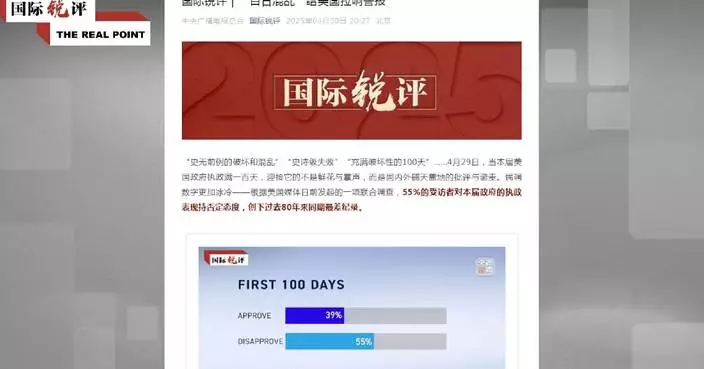Northeast China's Jilin Province is harnessing its rich scientific and educational resources to drive industrial growth, accelerating the transformation of technological achievements into real-world applications.
At a recent new materials exchange conference, Changchun Senoh Bio-Medical Materials Co., Ltd., a private enterprise established less than three years ago, launched three new materials made from corn.
Sun Hai, an innovation officer of the company, credited the fast-paced product launches to their core technologies.
"Our products hit the market so quickly because we’ve got the core technologies in our hands," he said.
The company's core technologies were developed in collaboration with the Changchun Institute of Applied Chemistry of the Chinese Academy of Sciences.
Leveraging Jilin's strength as a major corn-producing province in China, the company sources its raw materials directly from local fields. Backed by years of technical experience, the research team has achieved continuous breakthroughs in the development of core catalysts.
"Through a series of biological and chemical transformations, and with the help of a catalyst, the molecular chains of corn can form a new material called polylactic acid," said Sun Xiaohong, a researcher at the Changchun Institute of Applied Chemistry.
Polylactic acid, a biodegradable material, is ideal for use in absorbable sutures, bone nails and plates, and cardiac stents.
To address the company’s needs for production facilities and market access, local government provided infrastructure support through special bond funds and helped the company expand its customer base in the south by leveraging Jilin's cooperative ties with east China's Zhejiang. As a result, the company's main production facility was officially launched in the first quarter of this year.
"In the past, when it came to transforming scientific and technological achievements, we did the research and development locally, but the final benefits often ended up elsewhere. Moreover, our industrial chain layout also focused only on the upstream research and development instead of extending to downstream applications. But now, our new material project went from the lab to the mass production line in just one year," said Liu Yanlong, another innovation officer of the company.
To speed up the journey from lab to production line, Jilin is exploring innovative models such as "two-way order-based bidding" and “apply now, pay later” models for technology adoption. In the first quarter of this year, 416 innovation officers were assigned to 362 enterprises to jointly drive technological innovation.
Wang Bing, chief of the planning division at the Jilin Provincial Department of Science and Technology, said that the transformation of scientific and technological achievements is accelerating.
"The transformation of scientific and technological achievements is increasingly faster. On the one hand, we are placing researchers from institutes into enterprises to serve as 'innovation officers'. On the other hand, we are inviting high-tech professionals from the industry to universities to act as 'industry professors'. Through these initiatives, we have achieved new breakthroughs and progress in major scientific and technological projects as well as in the tiered development of enterprises," she said.
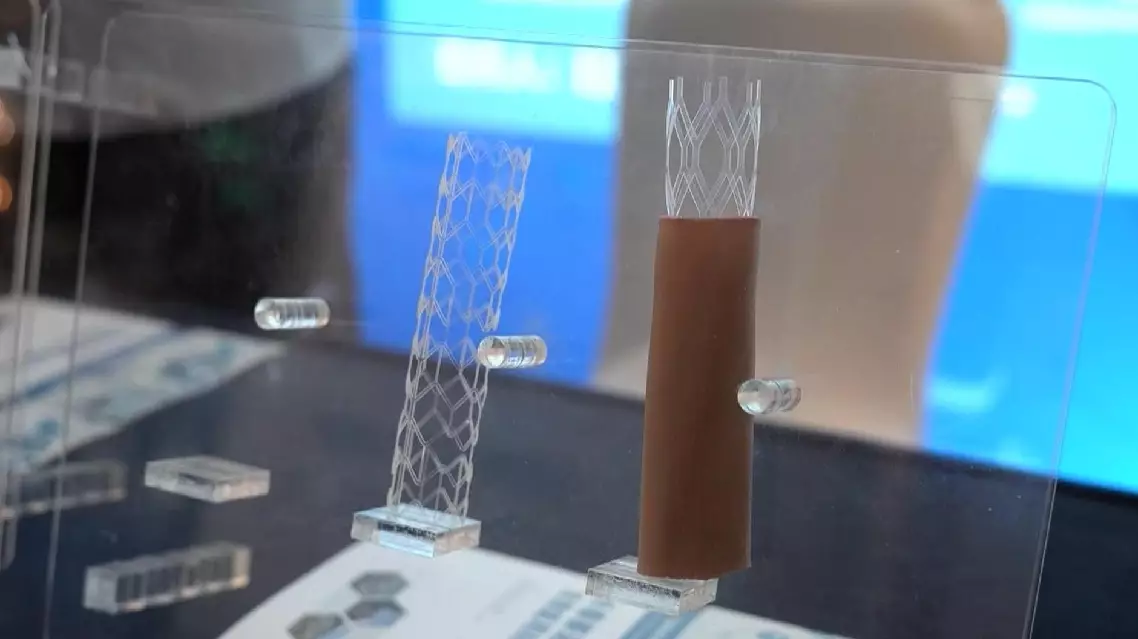
Jilin accelerates industrial innovation with faster lab-to-market application


